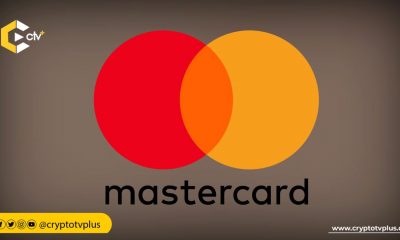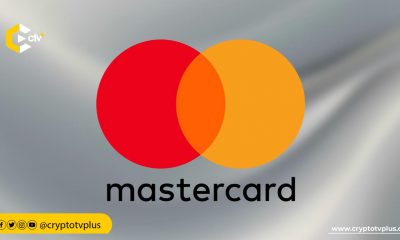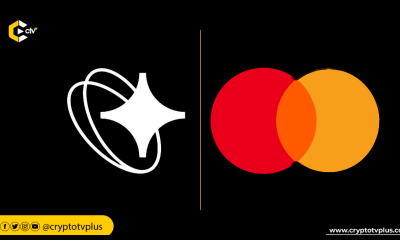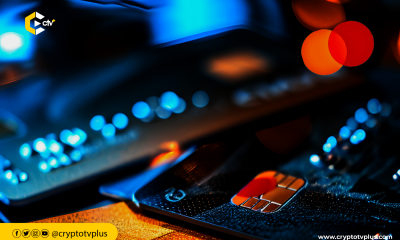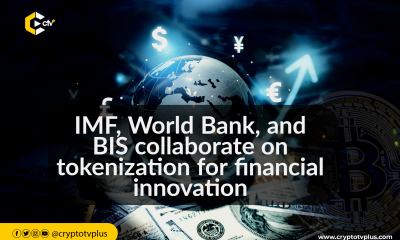News
Mastercard plans to launch CBDC and tokenization project

In a recent interview with Frank Chaparro, Director of News at The Block, Raj Dhamodharan, Executive Vice President and Head of Blockchain and Crypto at Mastercard reveals that the payment giant is planning to launch a digital asset initiative focused on central bank digital currencies (CBDCs) and tokenized assets.
Dhamodharan provides insights into Mastercard’s approach, goals, and the potential impact of these developments on the financial industry.
Dhamodharan begins by highlighting the recent innovations and solutions that Mastercard has been rolling out in the blockchain and crypto space.
He mentions that Mastercard’s approach involves offering solutions to help governments and institutions develop and deploy CBDCs.
He explains that CBDCs are typically distributed through financial institutions and e-money providers, allowing individuals and businesses to access them.
Although the Mastercard Executive sees CBDCs as an innovative solution needed for today’s world, he discusses the challenges and opportunities in the world of digital currencies and blockchain technology.
He touches on topics such as regulatory compliance, privacy considerations, and the potential benefits of tokenized forms of traditional assets, like bank deposits.
The Mastercard Token Network (MTN)
Further, into the conversation, he emphasizes that the convergence of various digital assets, including CBDCs, stablecoins, and tokenized deposits, has led to the need for a platform where developers can build compliant payment applications and financial solutions.
This platform, named the Mastercard Token Network (MTN), allows developers to create applications that utilize both payment tokens and asset tokens.
The V.P. further explains that MTN serves as a platform for building applications that leverage tokenized assets and payments. He provides examples of potential use cases, such as cross-border transactions, trade finance, and B2B payments.
He discusses how MTN addresses compliance requirements and enables more transparent and efficient transactions in comparison to traditional methods.
Interoperability and Blockchain Selection
The conversation then shifts to the importance of interoperability between different blockchain networks. Dhamodharan acknowledges that various blockchain platforms will likely host different forms of payment and asset tokens.
He highlights the necessity for interoperability solutions that facilitate seamless transactions between these networks.
Read also; Filecoin Giant Shikongyun Sued for $100 Million Scam in China



